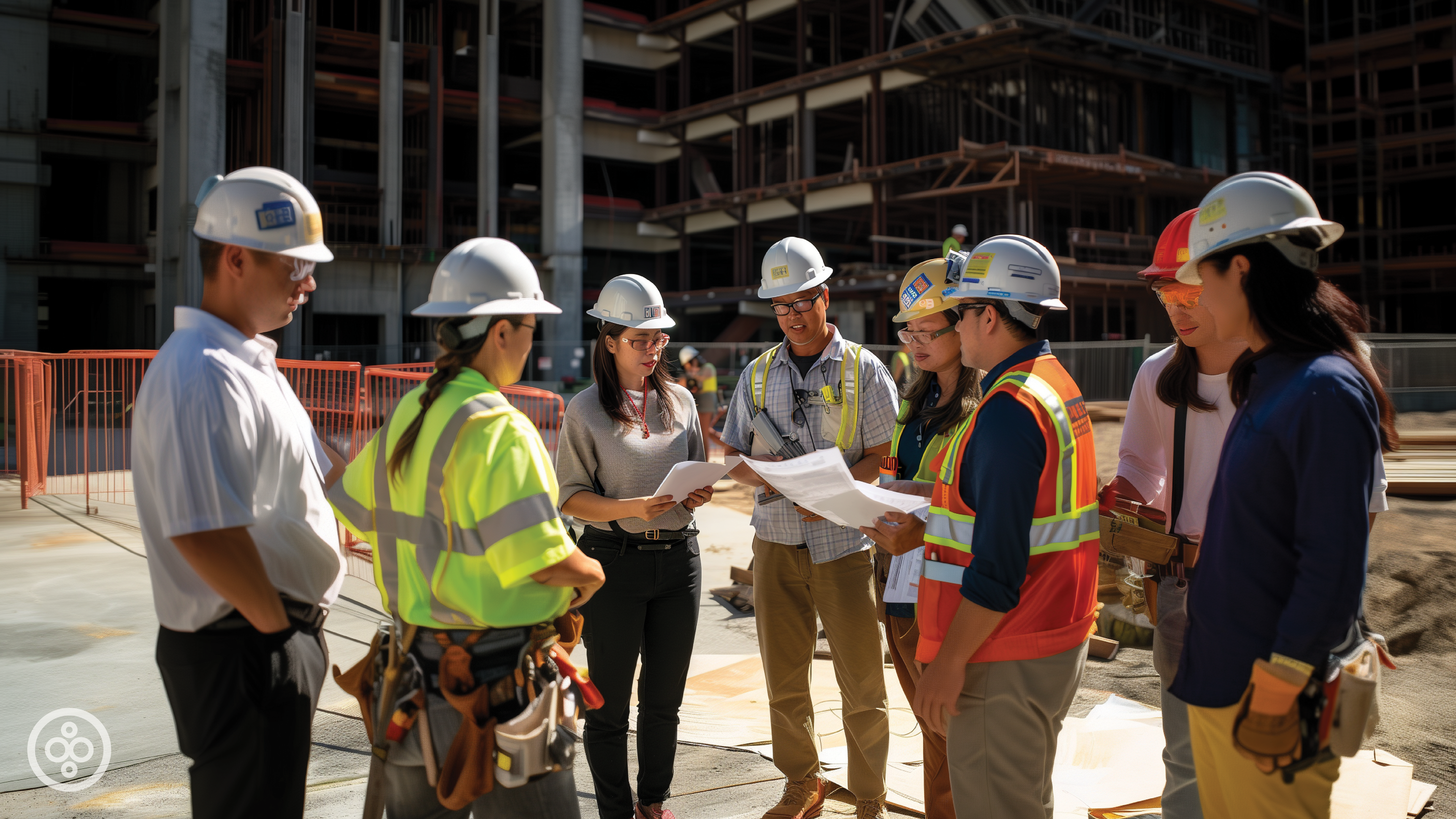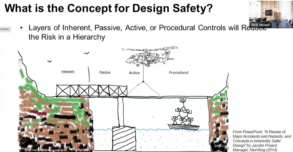
The construction industry is once again gearing up for its annual Construction Safety Week. While the industry has made significant progress in lowering the frequency of recordable incidents on job sites, overall, its actual fatality rate over the past decade is largely where it was a decade ago. In fact, the rate appears to have climbed in 2022, the most recent year for which the BLS has published data. As we reported last February, the 2022 fatality rate for construction was 9.6 workers per 100,000; and in 2012, it was 9.5. Specifically, as it relates to falls from elevation, the statistics are even worse. The BLS reported that deaths by falls from elevation actually rose from 2021 to 2022.
One of the often cited reasons for construction's stubbornly high fatality rate is the fact that, unlike in manufacturing, construction's job sites are constantly changing. However, with broader involvement from more stakeholders, more can be done to reduce the hazards present on jobsites, thereby lowering the burden on workers to develop and adhere to procedures for their safety - a concept is called Designing for Safety. The presentation below walks through what it is about, who can get involved in the effort and suggested ways to help the effort to keep our construction crews safe.
A Call to Broaden Safety's Focus from “Procedural Controls” to “Inherent Controls”

A little more than a year ago, the Center for Construction Research and Training posted out a video of a session it called Preventing Falls Through Improved Design. In the presentation, Bob Moser, manager of health and safety by design at Jacobs used the slide above, attributed to Jacobs Project Manager Neil King, to show how safety controls which are inherent and/or passive in the work environment are more dependable ways to improve safety than controls which depend on procedures or active measures taken in the field. The argument is that the more we plan for safety in our design of our projects, the more impact we can have.
The National Institute for Occupational Safety and Health has been focused on prevention through design for decades, according to G. Scott Ernest, associate director of NIOSH. The presentation centered on fall from height which is the leading cause of death on jobs, and the presenters argue that many of the fatalities that occur on job site "can be connected to the planning, design and scheduling."
"Anticipating and designing out hazards in tools, equipment, processes, materials, structures, and the organization of work is the most effective way to prevent occupational injuries, illnesses and fatalities," said John Howard, M.D. Director, National Institute for Occupational Safety and Health Centers for Disease Control and Prevention
Five Ways Architects, Engineers, and Project Planners can be Involved In the Effort To Keep Workers Safe
In the "Preventing Falls Through Improved Design" presentation, Ralph Bierschwale, architect for Jacobs, and TJ Lyons, safety director for Gilbane, illustrated how designers can think about the safety of workers in their design. They cited examples in several areas:
- Leverage building modeling and simulation software to better visualize ergonomic challenges, tie-off points and other areas that could create greater hazards for the workers such as unprotected edges and pits.
- Standardizing safer design features, such as higher roof parapets.
- Identify opportunities to incorporate more use of prefabricated and modularized systems such as flooring systems, building enclosure systems, stair towers and other products that could reduce the need for work on site and risks at elevations.
- Optimize the project schedule for safety, ensuring that materials show up onsite in the optimum sequence for the safest installation.
- Think about architectural features from a safety standpoint. Lyons observed that "only 3% of skylights in America will hold the weight of a person," while rates are much higher in other countries, creating a hazard for Americans working on roofs that is not as commonly present on roofs in Europe, for example.
Of course Construction Safety Week will play an important role in heightening safety awareness on job sites across America. But for Lynn, Ernest and the others at NIOSH associated with the Design Safety effort, it is also important to remember that construction workers on the job exist in an environment that is created by others - architects, engineers, owners, equipment manufacturers, building products and materials manufacturers, public agencies and owners - all of whom can play a key role in keeping construction workers safe.

Discussion
Be the first to leave a comment.
You must be a member of the BuiltWorlds community to join the discussion.